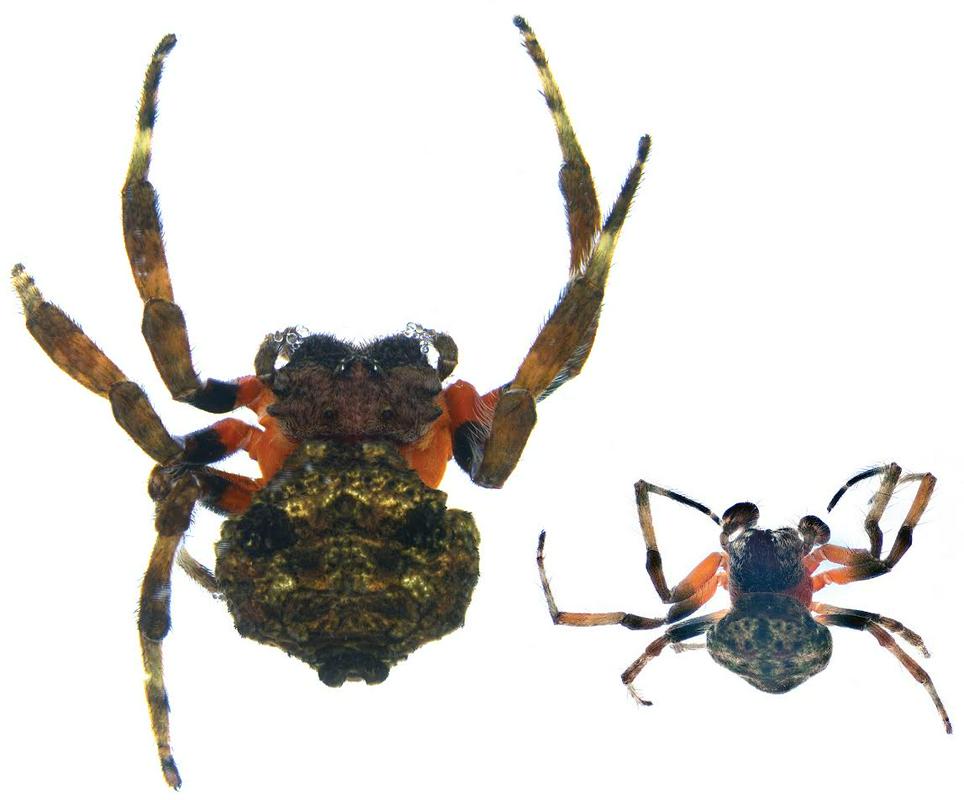
"It's a species of bark spider (Caerostris), measuring about one centimetre in length, with a leg span of two centimetres. Most bark spiders are double the size of C. tinamaze. They're venomous, but not harmful to humans. They can be found in tropical rainforests," Gregorčič told MMC, adding that their silk is one of the toughest materials ever studied and currently one of the most promising biomaterials. Their webs are also among the largest ever seen.
Matjaž Kuntner, Gregorčič's co-worker at the Scientific Research Centre of the Slovenian Academy of Sciences and Arts, discovered two new species of spider in 2009: nephila komaci and Darwin's bark spider. Kuntner's discoveries earned him an entry into the Guinness Book of Records. Gregorčič decided to follow in his footsteps.
"I would stare at spiders for hours on end"
"During my stint in Madagascar in 2010, I would stare at spiders for hours on end in an effort to find out how they weave their webs and how they hunt. I also realized that many of the species I found while studying C. darwini were still unidentified. I asked my colleagues about these spiders, and I received some material from an American museum containing a South African spider now known as C. tinamaze," Gregorčič said about his discovery.
Obama and Bush also have namesake spiders
Are researchers really free to name a new species whatever they want? "If the researchers are certain that they discovered a new species, they can name it whatever they want. In the past, there were no rules on what name you could choose. Nowadays, we're not supposed to name new species after controversial people or events, but this still happens, e.g. Bush Jr. and Obama," Gregorčič said.
A. P. J.; translated by D. V.

































































